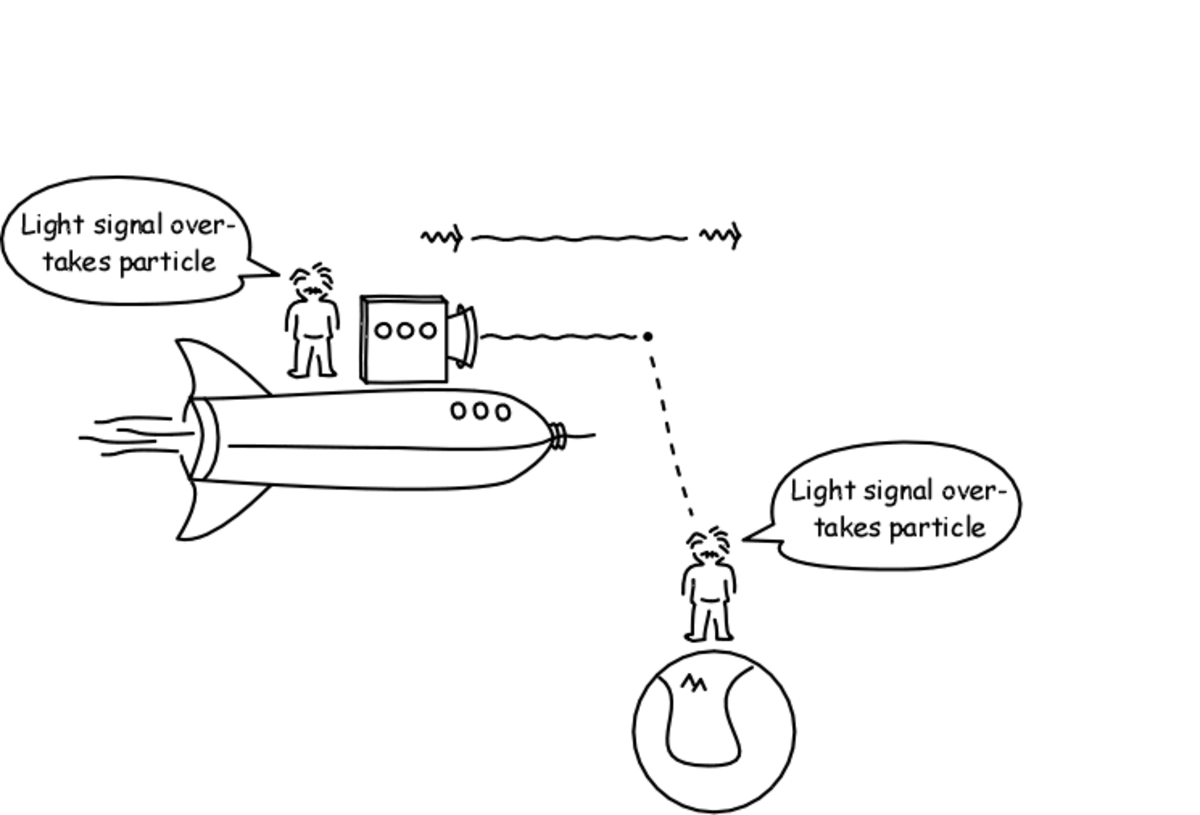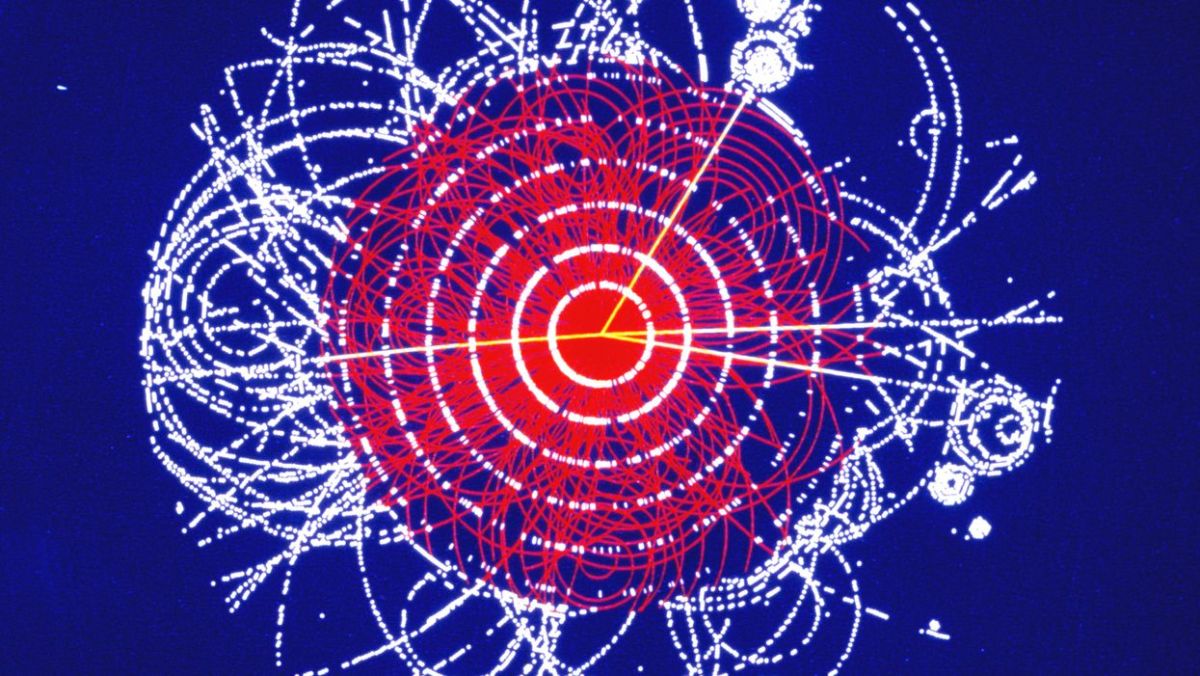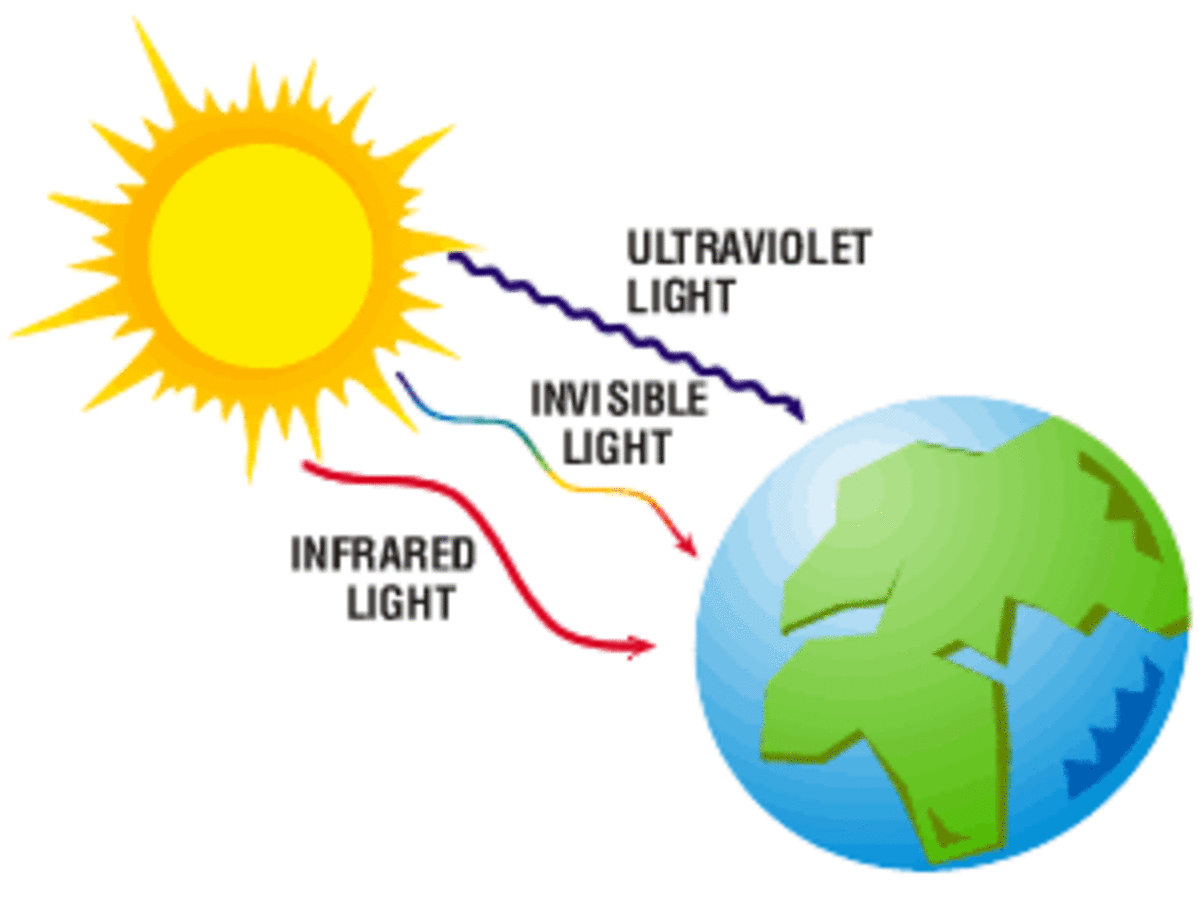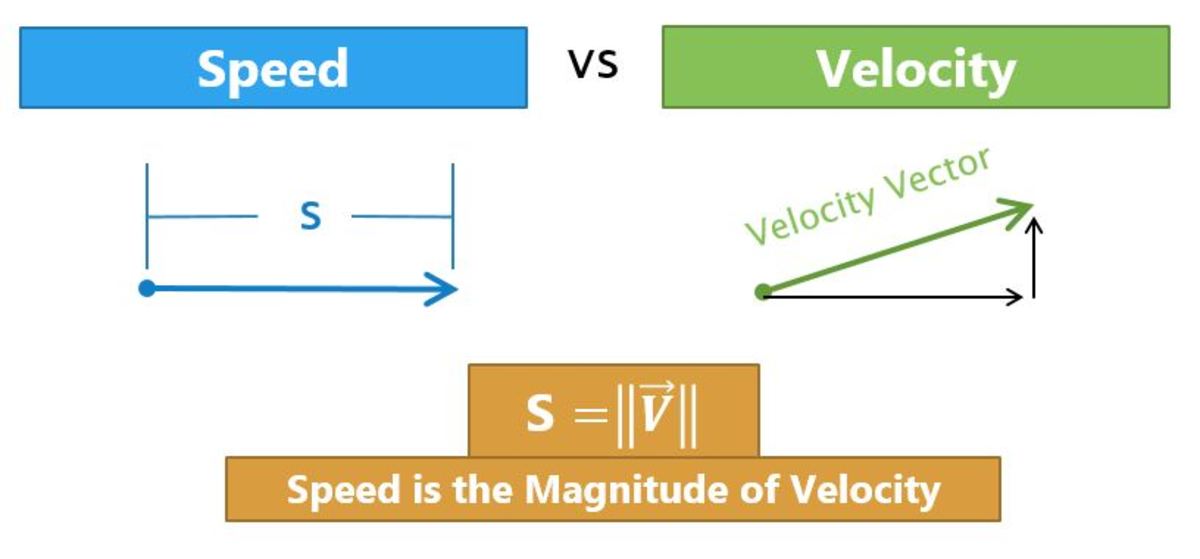Energy revisited
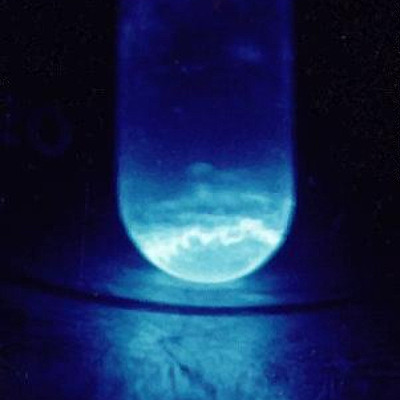
Ah, Newtonian physics. Energy is work. Not a thing. That’s a reasonable classical definition which in the macro world is a very usable model of energy, so we use it when appropriate.
The definition of matter most people use in conversation is: Matter is anything that has mass and volume. This is also some people’s definition of existence. A thing exists if it has mass and takes up space. But to me a better definition for matter has to do with what it is made of. Matter, of course, is made of atoms. More specifically combinations of atoms that create chemicals and substances.
The biologist’s definition of matter is: The material that makes up an object. I like that one because when it comes down to it matter is material; in the same sense as building material.
Mass is often meant to give us the measure of the amount of matter in a physical object. Really it is the characteristic of matter that makes it tend to stay at rest if it is at rest, or stay in motion when it is in motion. Mass is the amount of inertia in an object. So it is relative to force and acceleration as per Newton's Second Law of Motion. Mass then is the major factor in determining an object’s resistance to changes in speed/acceleration and/or direction . But what is mass?
The mass of an object is not dependent on gravity, so it is not weight. However, the weight of an object is determined by how gravity interacts with matter. Even though your weight and mass are the same number or close on earth, in space you don’t weigh anything but you still have the same mass. On another planet your weight might change depending on the gravity of the place, but your mass wouldn’t change. Neither would your matter.
Simply put, mass is kinetic energy. kinetic energy is the movement energy of an object.
The problem in the early part of the twentieth century was, photons have no rest mass or volume. All “things” have mass and volume, right? So light must be an illusion then? Just a concept perhaps?
Probably not. So what is it?
We equate energy with movement even in classical physics. Quite so. Photons, for one, obviously travel at the speed of light, and can’t sit still. No thing with matter or mass can do that. The closer an object that starts with mass gets to light speed the more mass it acquires and the more energy required to get it going even a little faster, until the object acquires so much resistance that it could never reach the desired speed no matter how much energy you add to propel it. Remember that: the more energy added when accelerating the more mass is acquired.
Electrons get close but never reach it. In physics an electron is considered an electromagnetic wave.
So what are photons then if not matter? Energy? That’s all I know of that exists, matter and energy, right? That’s why I’m a materialist.
But that’s a different use of the word energy from the classical use. We always assumed that matter itself had this ability to do work. Humans push a rock around, they are doing work. Work is defined as: moving objects., exerting force in order to accomplish a task. Of course exerting force expends energy.
Now matter is material. How is this material formed? As I said: All material things are made of atoms. All of these atoms interact producing different types of material. The materials interact to produce compound substances.
All of these interactions are the result of the rules of physics.
Well what are atoms? Are they matter?
We said early on that matter has mass and it takes up space. Certainly atoms have mass and they take up space. So they are matter. But experiments have shown that parts of them can be both particle and wave, depending what you are looking for.
That’s a bit odd, isn't it? So what does that mean? It means that it isn't as simple as saying they are matter. There is more to it than that.
Big bang theory had a problem in the beginning too. That problem was that according to the math the subatomic particles like quarks which make up protons etc, would not have had mass to begin with. So where does mass come from?
Higgs and a team of others developed the idea of an energy field that actually slows most other forms of energy down to below light speed. It was based again on mathematics done from the consequences of the Big Bang and it fit. But until recently it had never been found in any experiments, and of course it is hard to find because it’s a field, not just the odd particle or wave here or there. Have they found it? Possibly. They certainly found something that looks like it.
The Higgs field would lend mass the same way running in water slows you down considerably, as opposed to running on dry land. Interactions between quarks etc that create atoms would have a hard time happening at light speed. These reactions happen in condensed states, which in turn happen below light speed.
So that’s were mass comes from then, but does mass actually create matter? No, it’s an aspect of matter.
According to relativity, rest mass itself doesn't constitute the amount of matter in a system: the energy–momentum tensor does. In other words: The density and momentum of the energy in a system is a way to determine the amount of matter in a system. He’s saying in essence that compressing energy allows material to form.
E=Mc squared has consequences which tell us that mass and energy are the same thing.
E stands for energy, M stands for mass and C stands for the speed of light. So energy is equal to the mass of an object times the speed of light squared. You can convert units of energy to units of mass, But we can’t convert mass to energy of course, and the reasons for that should be obvious: Mass is already energy. It’s kinetic energy.
You can convert matter to energy however, just like you can turn water to ice or vapour, but it remains h2o. A dramatic example is an atomic explosion where in massive amounts of energy is released from a relatively small bit of matter. The matter is all but gone but its energy and mass are conserved in the by-products of the blast.
So what then is the difference between energy and matter? Mass? No. You can’t have mass without energy, but you can have energy without mass. So which is the base? Which came first?
When you can’t have one without the other, but you can have that other without the one, which is the stand alone? Mass is a consequence of the nature of energy. A consequence of relativity is that: matter is a product of energy, not the other way around.
Up until very recently the idea that compressed energy below light speed could create matter was a theory with in Relativity and unproven. That’s changed and scientists in Germany created matter photons. Einstein and I are once more vindicated.
There is really nothing but what we call energy: that which is animate. As I said: according to relativity, rest mass itself is not matter. Energy under specific conditions creates matter. Energy is certainly not just work: whatever it is, it seems to be the default state. Matter is condensed energy at its root.
It gets more interesting. The laws of conservation tell us that energy cannot be destroyed or created. But it also tells us that mass can’t be destroyed either. Both are conserved no matter what transformations they go though. Energy is mass, and mass is energy in a specific state. They are the same thing in different form.
Material /matter /a specific system or configuration, can be destroyed because it is made by a specific configuration of atoms, but the energy and mass of those atoms can’t.
What shows us that matter is not exactly mass is the fact that adding 90 mega joules of any form of energy at all to any object increases its mass by 1 microgram even though no extra matter gets created. So no extra atoms have been added, but the mass increases as energy is added. This again tells us that matter is the material created by energy/mass.
Protons are made of gluons and quarks. Like photons, Gluons have no rest mass. The mass of a proton is 99 percent more than the mass of all three quarks that make it up due to the energy of the gluon field that binds them together, creating more kinetic energy.
So kinetic energy is mass, but gluons, like photons, have no rest mass. Where does the extra mass come from?: The energy the gluons and quarks produce by their movement within the proton accounts for all the extra mass.
In our definition of matter, one of the requirements is that it takes up space. Protons do take up space. But quarks and gluons don’t.
So protons are the first form of what we define as matter. It has mass and volume. Subatomic ‘particles” don’t fit our definition of matter as some have no mass and others no volume.
It’s probably not a completely Newtonian world, as good as it’s arguments sound. The problem for them is that Relativity has not been proven wrong, and has proven correct in its predictions and applications in the real world time and time again. As has QM. Why not use the model s that work? We do. And when we do, a sign that they work is the new tech and new discoveries their use brings.
We have a very different view of energy in the macro world as opposed to the micro world, and while the macro world is based on the micro world, the two layers behave differently. Or so it seems. In this layer of reality classical physics and deductive reasoning are fine for most applications. We can get to the moon with Newtonian physics alone, no problem.
But the micro layer is not so approachable by common sense deductive reasoning. Science these days relies on math and testing. Many of the major findings of physics in the last 100 years or so were very counter intuitive.
It might help some people to know that Einstein considered energy like photons to be a form of matter even without mass or volume. Perhaps it’s a good time to revisit common definitions of matter? Or those of energy? After all, according to modern science they are the same thing, whatever that may be.
And I say whatever that may be because things don’t have explanations of what they are attached to them. Feynman complained about, saying no one could tell us what it is. Best we can often do is talk about something in terms of how it behaves, and give a name to that pattern of behaviour. The name is, of course, nowhere near as important as the package of information it represents. But it’s important to understand that asking what energy is, really, is a meaningless question. That is to say it’s not answerable in principal because it’s everything. It’s the end of the line.
Ask me what anything is and I can describe it in many different ways. What is a mouse? It’s a mammal. You can ask what that is. We can discuss what it does, how it acts, how it interacts. But ask again: what is it? Well we can talk about cells, chemical processes. We can even say it’s a specific configuration of atoms. And when we are done with that you can ask what atoms are. The answer is: energy. And that’s the absolute end of the line.
There is nowhere to go from there. What is energy? That which produces and makes up all things according to its nature. It’s nature being the laws of physics. And when we talk about nature, what are we talking about? The nature of energy.
There is nothing but energy.. That’s really all there is.


